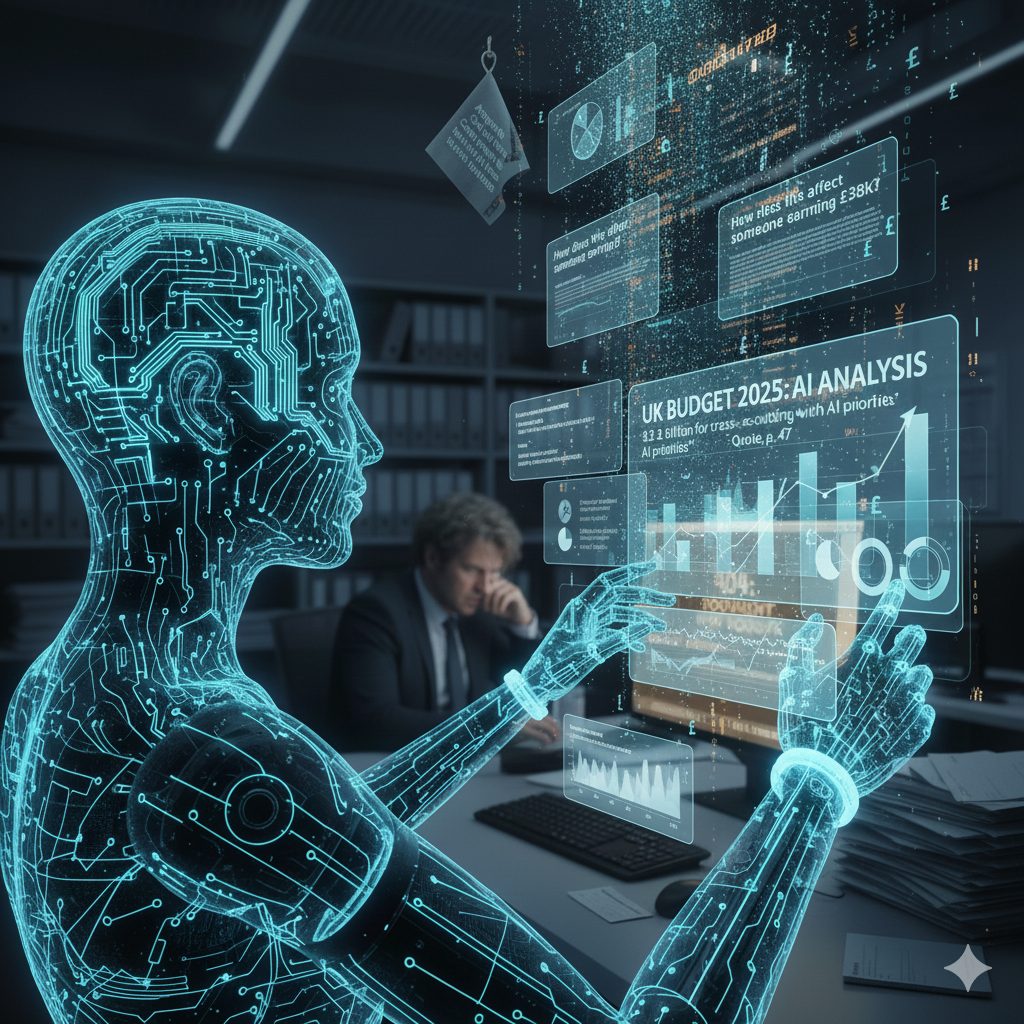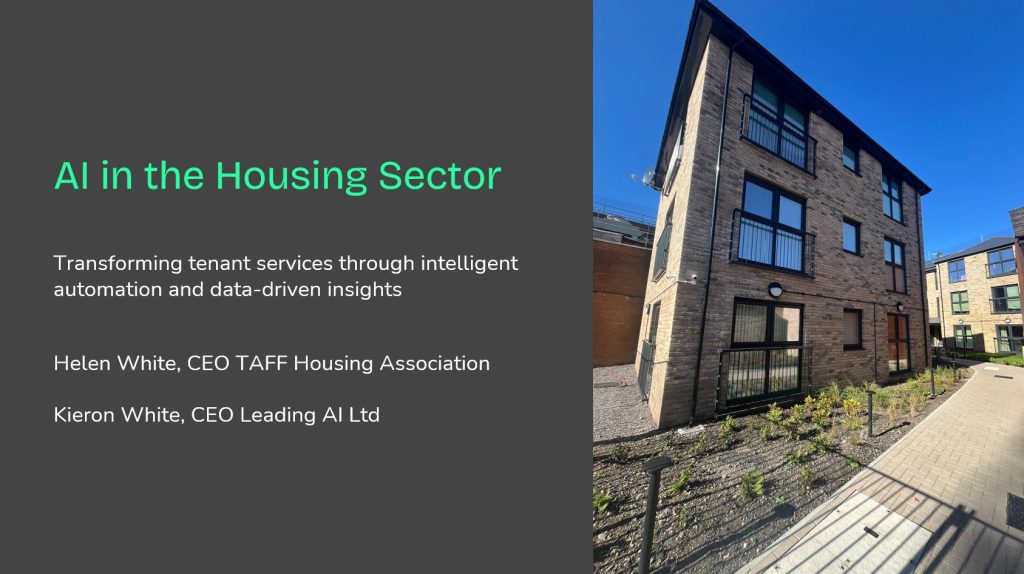
A social worker, late on a Friday afternoon, needs to make an urgent decision about a child but has to find and read several long reports to get the relevant information that will enable them to make the right decision.
A manager is spending hours collating figures for a performance report that is important but may only be considered for ten minutes.
These are familiar moments in children’s social care, reflecting systems burdened by messy data, repetitive admin and fragmented information. Imagine instead if technology could take on repetitive tasks, help staff navigate vast amounts of information in seconds or prepare a first draft of a complex report. That’s the opportunity – and the challenge – facing us today. Children’s social care in England is entering a new digital era, with work underway to introduce interoperability and data standards across IT systems. This means that, in the future, we’ll be able to connect and analyse large amounts of structured and unstructured information: case notes, assessments, legal documents, health records, education reports and more.
But simply bringing the data together won’t make it useful. Case data can be incomplete, inconsistent and of variable quality. AI systems that rely on perfection will fail before they start. So how do we make the most of AI now?
Not every use of AI depends on their being high quality case data. There are lots of ways that AI is being used today without it:
- Going through organisational knowledge: staff can query policies and procedures in plain English instead of trawling through several documents
- Document summarisation: concise briefings can be generated for lengthy reports
- Note writing: tools can generate transcripts from meetings/visits and draft case notes from them
- Drafting support: from emails to reports, AI can produce a starting point that staff can refine (one of my personal favourites, given I’m more comfortable with numbers than words!)
These can free up time, letting professionals focus on what really matters: supporting children and families.
Once these straightforward uses are in place, the potential broadens, particularly as they will also help people become more comfortable with using AI. We are not looking for AI to make life‑altering decisions, but to support us to work more efficiently, find insights more quickly and spot potential risks:
- Form filling and data entry: automating routine input across multiple systems
- Insights: turning raw data into easy to understand insights without manual collation, like creating a chronology or a relationship map at the press of a button
- Risk flagging: highlighting unusual patterns, such as a combination of school absence and concerns raised by the parent / carer, so that humans can decide whether to investigate
- Thematic analysis: identifying themes from surveys or audits
As well as reducing the effort needed to capture data accurately, this will show people who see data as a burden that high quality data will help them in their work. Cleaning up historic records is too big a task, perhaps impossible; but if we make sure the quality of the data we are capturing now is good then it won’t be long before we can unlock even more of AI’s potential benefits. Once interoperability and standards enable siloed datasets to connect, we could have:
- Journey mapping across multiple services such as education and health
- System‑wide insights from cross‑authority case data
- Research combining structured records with narrative notes
There is always a temptation to leap straight to these ambitious, headline‑grabbing uses. But in children’s social care we must be careful. AI should never make autonomous decisions that directly impact lives. Its value lies in augmenting professional judgment:
- Reducing workload
- Improving access to information
- Creating space for relationship‑based practice
By addressing high‑effort, low‑value tasks (form filling, reporting) first, then moving towards high‑effort, high‑value tasks (risk flagging, cross‑agency insights), we can build trust and impact step by step.
We should also remember that AI is not, and may never be, perfect. That’s ok. An over‑reliance on AI risks deskilling professionals, leaving no one able to check or challenge its outputs. An AI tool that completes a task faster and at least as well as a human, or a bit longer but with higher quality, is still an improvement on our current situation.
Take an Education, Health and Care Plan (EHCP): there are AI tools that will take minutes to write a draft EHCP from assessment reports, and then prompt a professional to check and finalise the content. Accountability stays with the human, but the heavy lifting is reduced.
Everyone needs to learn to use AI proficiently and responsibly. In social care, there is a responsibility to do so safely and ethically too. But we would be letting children and families down, and ourselves, if we did not take advantage of AI.
What tasks in your organisation that could be lighter, faster or better if AI lent a hand? Start there. Small wins today can build a safer, smarter and more human‑centred future in children’s social care.
Latest posts

AI, and how to make sense of the UK Government’s Budget announcement, without resorting to reading it
News

KnowledgeFlow in the Housing Sector with Helen White, CEO Taff Housing Association
Webinars

